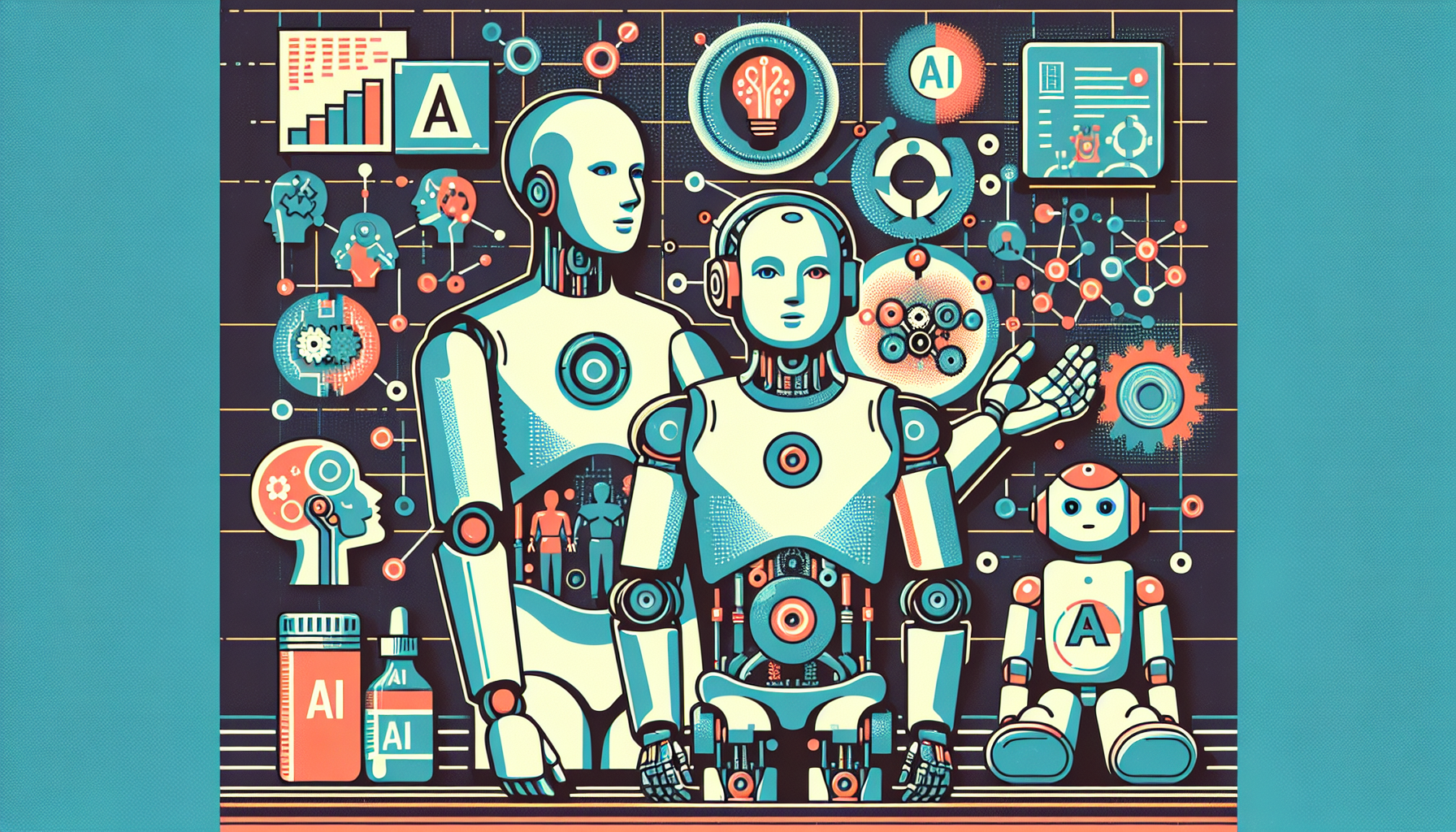Hugging Face, a respected name in artificial intelligence, is opening new doors in robotics. The company has unveiled two open-source humanoid robots—HopeJR and Reachy Mini—bringing advanced technology within reach for students, developers, and researchers everywhere.
Meet the Robots
HopeJR
HopeJR stands as a full-size humanoid robot, shaped to look and move much like a person. It has 66 degrees of freedom, allowing it to walk, wave, grip, and perform other realistic actions. This flexibility comes from thoughtful design, crafted in partnership with The Robot Studio in France.
The highlight of HopeJR is its price. At about $3,000, it breaks the cost barrier. Similar robots, like Unitree’s G1, are priced at $16,000 or more. Tesla’s future Optimus robot is expected to cost over $20,000. HopeJR’s affordability offers research labs, startups, teachers, and hobbyists a rare chance to work with advanced robotics technology.
Reachy Mini
Reachy Mini is smaller and perfectly suited for a desk or classroom. It might not walk around, but it can sense its environment, turn its head, listen, and react. It is ideal for interacting with AI, running experiments, and exploring robotics at a small scale.
Reachy Mini costs just $250 to $300, making it accessible for students, creators, and anyone curious about AI. Its simplicity invites hands-on learning and creative experimentation.
The Power of Open Source
One of the most important things about both HopeJR and Reachy Mini is that they are open source. This means that all of their hardware and software designs are freely shared with the public. Anyone can see how the robots are built and work with their code, hardware, and electronics.
This level of openness stands in sharp contrast to many other robotics companies, which keep their designs and systems locked away. Hugging Face believes that sharing everything about these robots helps spread knowledge. Anyone interested—students, independent inventors, professional engineers—can take part in improving the robots or developing new uses for them.
According to Clem Delangue, the CEO of Hugging Face, making their robots open source is about building a more inclusive future for robotics. It encourages a diverse community to contribute, learn, and innovate together, rather than limiting progress to only a few large companies.
Why These Robots Matter
- Dexterity: HopeJR’s 66 degrees of freedom allow for lifelike, complex movement—unusual in a robot that’s affordable.
- Affordability: Both robots are set at a fraction of the usual cost, inviting more people to join robotics development.
- Accessibility: The open-source model means there are no secrets. Anyone can study, change, or improve these robots. Hugging Face’s work, especially after acquiring Pollen Robotics and the LeRobot platform, supports this vision of open, collaborative progress.
- Availability: The first HopeJR and Reachy Mini robots are expected to be ready for delivery by late 2025.
Looking Towards the Future
Hugging Face’s initiative could change how robots are made and used around the world. Instead of robots being rare tools in only the best-funded labs, these new machines can be explored in classrooms, small businesses, research clinics, and makerspaces.
By pushing prices down and opening every part of the technology to the public, Hugging Face challenges the status quo set by companies like Tesla and Boston Dynamics. This leap in access has huge potential: students can learn robotics hands-on, developers can experiment, and organizations can build new kinds of AI systems. The result may be faster discoveries and more creative projects in robotics, voice-assisted technology, and even healthcare.
A New Chapter for Robotics
HopeJR and Reachy Mini mark a turning point. With affordability, open access, and advanced capabilities, these robots invite many more people to learn, invent, and shape the future of AI and robotics. As they arrive in late 2025, they promise to make robotics a field where anyone can participate, unlocking new possibilities for education, research, and real-world applications everywhere.

Leave a Reply